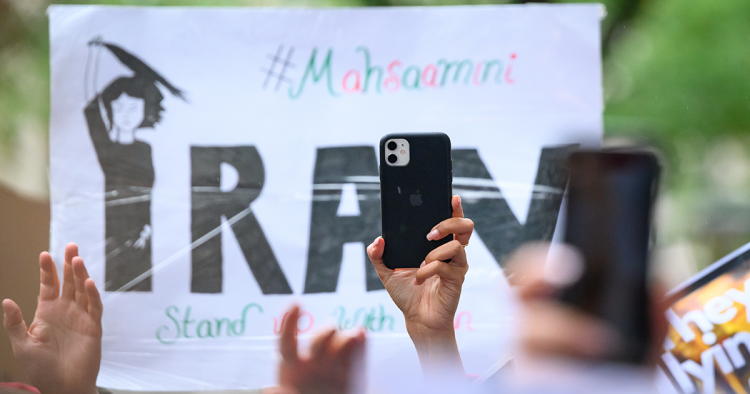Iran’s impoverished province of Baluchistan has been disproportionately hit by protests since September. It has paid an exorbitant price in terms of deaths, casualties, and arrests in the crackdown against the “Women, Life, Freedom” protest movement. In fact, it was the killing of 19 individuals in this province on Sept. 19, 2022, that in many ways fueled the ongoing nationwide protests which began after the death of Masha Amini.
Though the recent protests have not yet had any sectarian drivers and have remained focused on despotism, this could change. Iran has largely escaped the sectarian conflict that has plagued so many Middle Eastern states over the last two decades, but Baluchistan, a Sunni-majority province in a Shiite-majority country, is uniquely poised as potential trigger for sectarian tensions.
Molavi Abdul Hamid, the most prominent cleric from the province and a Sunni, is opting to confront Iran’s supreme leader, a Shiite, head on. He has used his pulpit to repeatedly take jabs at Ayatollah Ali Khamenei, calling his rule out of touch and characterizing him as ruthless. This is an unprecedented and dangerous situation because Tehran’s mishandling of the grievances of the ethnic Baluch could create sectarian fault lines. Much is uncertain at this point, but the ramifications of this showdown will not be limited to Baluchistan.
Continue reading on Foreign Policy
Photo by Jonas Walzberg/picture alliance via Getty Images
The Middle East Institute (MEI) is an independent, non-partisan, non-for-profit, educational organization. It does not engage in advocacy and its scholars’ opinions are their own. MEI welcomes financial donations, but retains sole editorial control over its work and its publications reflect only the authors’ views. For a listing of MEI donors, please click here.













